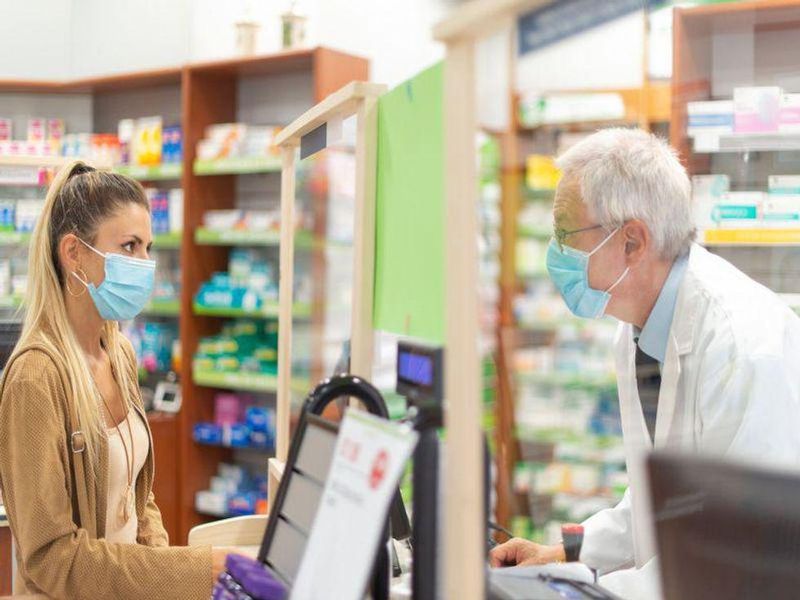Drug unaffordability is an issue regardless of insurance status and across private, public payers
WEDNESDAY, Dec. 22, 2021 (HealthDay News) — High costs prevented or delayed nearly 13 million adults from accessing needed medications before the COVID-19 pandemic, according to a report released by the Robert Wood Johnson Foundation and the Urban Institute.
Michael Karpman, from the Urban Institute, and colleagues used data from the 2018 to 2019 Medical Expenditure Panel Survey to assess drug unaffordability and inaccessibility.
According to the report, nearly 13 million adults in the United States are delaying or skipping needed treatments because of costs, including more than 2.3 million elderly Medicare beneficiaries and 3.8 million privately insured working-age adults. One in four adults with Medicare (25.4 percent) and 5.3 percent of privately insured adults spent more than 1 percent of their family income on their individual out-of-pocket prescription drug costs. More than 3 percent of Medicare beneficiaries spent more than 10 percent of their family income on prescription drugs. Among uninsured adults (approximately one in 10 adults), 11.6 percent reported unmet prescription drug needs versus 4.9 percent of Medicare beneficiaries, 3.0 percent of privately insured adults, and 5.6 percent of nonelderly adults with Medicaid. For Medicare beneficiaries and privately insured adults, unmet prescription drug needs were most common among women, people with low incomes, and patients with multiple chronic health conditions.
“Millions of adults go without needed medications each year because they cannot afford them,” Karpman said in a statement. “Policies to reduce drug prices, limit out-of-pocket costs, and expand health insurance coverage could help many people get the prescription drugs they re currently unable to pay for.”
Copyright © 2021 HealthDay. All rights reserved.








